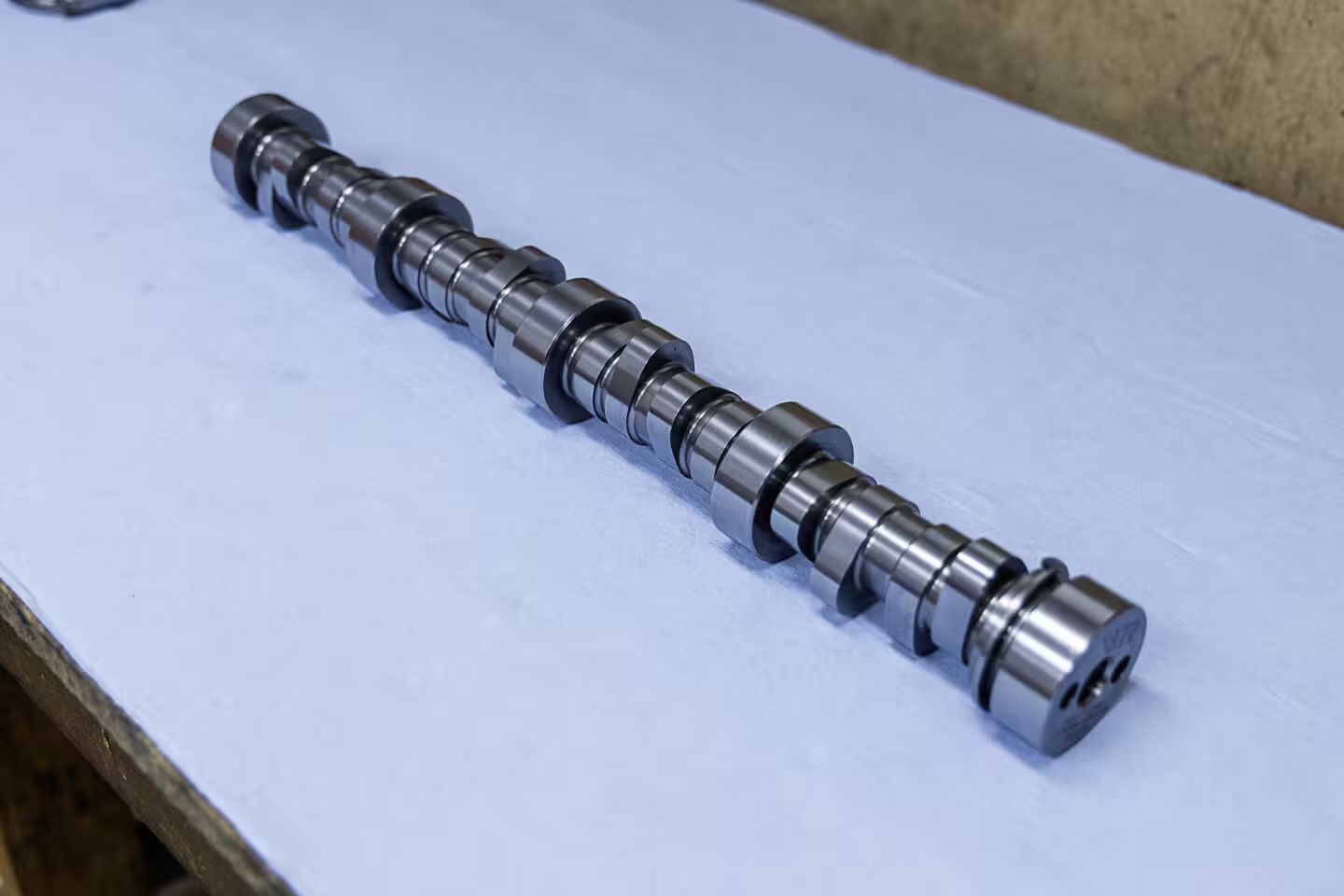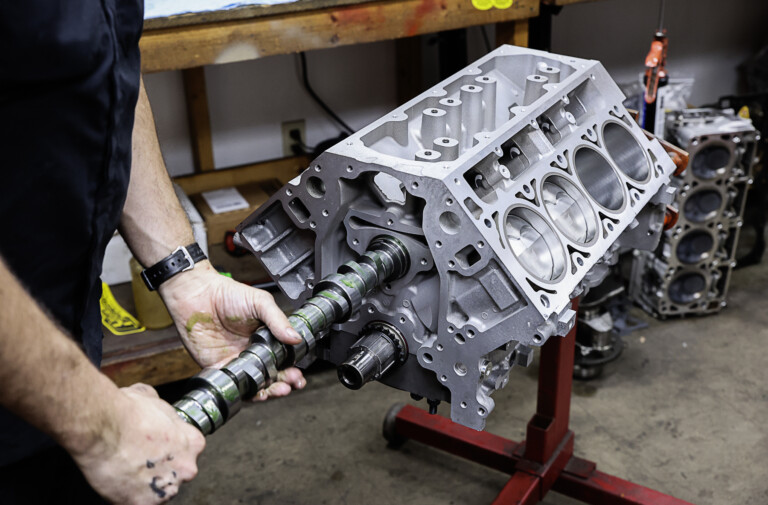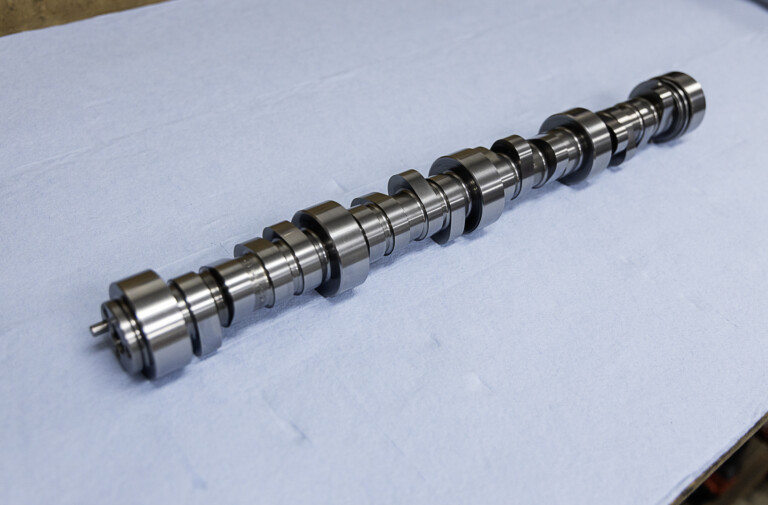Project Swedish Meatball’s boosted LS engine uses an array of off-the-shelf parts, including the entire valvetrain. You don’t need custom parts to build a rock-solid valvetrain, you just need a little bit of knowledge to select the right parts. Nick Evdos, Lead Engien And Induction Tech Support Specialist from Brian Tooley Racing (BTR) spec’d our engine’s valvetrain. He sat down with us to share his knowledge on how to build a turbocharged LS valvetrain, and provided some bonus knowledge on intake selection.
There’s plenty of information on the internet about selecting parts for a boosted application’s valvetrain, but not all of it is correct. One of the key points that Evdos wants to get across is that when you’re working with a company to select parts, you need to be very realistic about your goals, and let them know what parts you’re working with. Things like what cylinder heads you’re using, the max RPM level you’re shooting for, the horsepower goal, and much more is needed to select the right valvetrain parts.
Camshaft Selection
The main component people think of when you mention an engine’s valvetrain is the camshaft. Out of all the valvetrain parts, the cam dictates how the engine will perform based on your application. RPM, boost level, and how the vehicle will be driven all play into the cam selection.
“The key to getting the right turbo cam is you need to be realistic and truthful about how you’re going to use the engine. If you go too big or small, the cam is just not going to work with the engine. I always tell customers that if it’s a true driver and just something you are looking to have occasional fun with at the track it’s better to err on the small side for the cam. It will run better off-boost You’ll have better torque when it’s not in boost, the engine can build boost easier, and you can run a tighter converter so you don’t put a lot of heat in the transmission,” Evdos says.
You need to select a camshaft that fits your horsepower goals. The cam also needs to complement the other parts of your turbo build.
Evdos and the team at BTR have spent a lot of time behind the controls of a Spintron machine looking at how a cam impacts an engine’s ability to make horsepower. What they have learned is that aggressive isn’t always better for a cam, especially for power-adder applications like turbochargers. It’s all about…
Click Here to Read the Full Original Article at DragzineDragzine…



